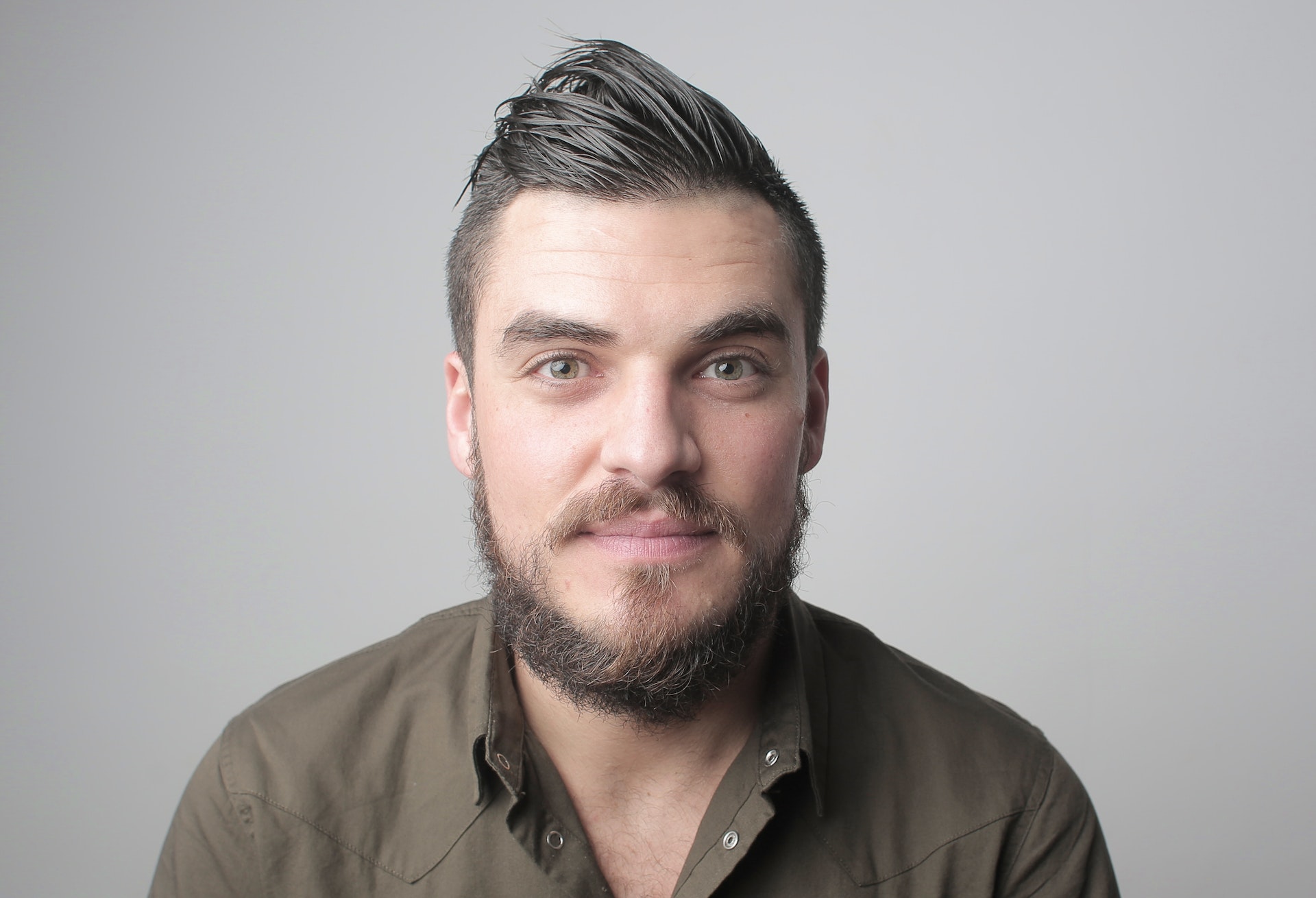
09 Mar The Difference Between Professional Headshots and DIY Headshots
In today’s digital world, first impressions matter more than ever. Whether you’re looking for a new job, launching a business, or establishing your personal brand, a great headshot can make all the difference. However, with the rise of smartphones and high-quality cameras, it’s easy to assume that taking a DIY headshot is sufficient. In this article, we’ll explore the differences between professional headshots and DIY headshots, the benefits and drawbacks of each, and provide tips to help you make an informed decision.
What are Professional Headshots?
Professional headshots are typically taken by a headshot photographer or portrait photographer in a controlled environment. These images are designed to capture your best qualities and convey a professional appearance. They’re typically used for business cards, social media profiles, LinkedIn, and company websites.
One of the main benefits of professional headshots is that they increase your credibility and trustworthiness. According to a study by Photofeeler, a professional-looking headshot can increase your perceived competency by as much as 38%. This increased perceived competency can translate into more business or job opportunities.
The Benefits of Professional Headshots
Another benefit of professional headshots is that they can convey professionalism and expertise. A high-quality headshot can help you stand out in a crowded market and make a positive impression on potential clients or employers. Additionally, a professional photographer can help guide you in capturing the right image, including lighting, poses, and facial expressions.
What are DIY Headshots?
DIY headshots are self-taken images captured with a smartphone or camera without the help of a professional photographer. They’re often taken in an uncontrolled environment and may lack the polish and professionalism of a professional headshot.
While DIY headshots may be appropriate in some situations, such as personal social media profiles or informal marketing materials, they often fall short when it comes to conveying a professional image. According to a study by Hunch, a website with 1,000 responses, images with poor quality and amateur appearance can result in a loss of credibility and unprofessionalism.
The Drawbacks of DIY Headshots
One of the main drawbacks of DIY headshots is that they’re often lower quality than professional images. This lower quality can result in a lack of clarity, poor lighting, and unprofessional posing and facial expressions. Additionally, DIY headshots may lack the level of polish and professionalism that’s necessary in some situations, such as job applications, client meetings, or website bios.
How to Decide Between Professional and DIY Headshots
When deciding between professional and DIY headshots, there are several factors to consider. First, consider the context in which the headshot will be used. If it’s for a job application or professional website, it’s likely that a professional headshot will be the best option. However, if it’s for a personal social media profile or informal marketing materials, a DIY headshot may be sufficient.
Additionally, consider the level of professionalism required. If you’re in a high-level executive position or work in a highly competitive field, a professional headshot may be necessary to convey your expertise and professionalism. On the other hand, if you’re starting a small business or working in a more relaxed industry, a DIY headshot may be more appropriate.
Lastly, evaluate the cost-benefit analysis of professional vs. DIY headshots. While professional headshots may be more expensive, they often come with higher quality images, guidance on posing and facial expressions, and a polished appearance. DIY headshots may be cheaper, but they often lack the level of professionalism necessary to make a strong impression.
Tips for Taking Great DIY Headshots
If you’ve decided to take a DIY headshot, there are several tips to keep in mind to ensure you capture a great image. First, use a high-quality camera or smartphone with a good lens to capture the best image possible. Next, pay attention to lighting and background. A clean, uncluttered background and proper lighting can make all the difference in the quality of the image. Dress professionally and practice posing and facial expressions to ensure you capture the right look.
Lastly, edit the images carefully. Use photo editing software to adjust brightness, contrast, and color balance to create a polished, professional appearance.
Frequently Asked Questions
How much should I expect to pay for a professional headshot?
The cost of a professional headshot can vary depending on the photographer, location, and level of experience. However, you can expect to pay anywhere from $100 to $1,000 for a professional headshot.
Can’t I just use a selfie for my headshot?
While a selfie may be appropriate for personal social media profiles or informal marketing materials, it’s not recommended for professional settings. Selfies lack the level of polish and professionalism that’s necessary to make a strong impression in a professional context.
Do I really need a professional headshot for my business or brand?
If you’re serious about establishing your brand or growing your business, a professional headshot can make all the difference. A high-quality, professional headshot can convey credibility and expertise, helping you stand out in a crowded market.
How often should I update my headshot?
It’s recommended that you update your headshot every 2-3 years or whenever there’s a significant change in your appearance or professional status.
Conclusion
Whether you’re looking to establish your personal brand, apply for a new job, or grow your business, a great headshot can make all the difference. While DIY headshots may be appropriate in some situations, a professional headshot is often the best option when it comes to conveying professionalism and expertise. By considering the context, level of professionalism, and cost-benefit analysis, you can make an informed decision on which option is best for you.

